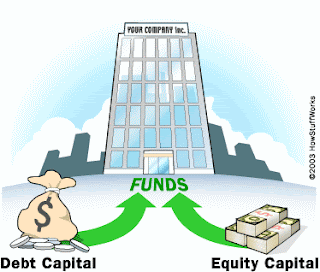The four types of resources are land, labor, capital, and entreprenuership. The first resource land is a resource where we build and put our human resources on. Land is a scarce resource. Competition for land is the reason why it is a scarce resource. The need for factories, and stores, and buildings, and all these different things that we want in life that have to be produced from our resource land. Another resource is labor which is needed to produce all the things that we need and want in life. Capital, another resource are assets available for use in the production of further assets.
The four key assumptions underlying production possibilities analysis are: (1) resources are used to produce one or both of only two goods, (2) the quantities of the resources do not change, (3) technology and production techniques do not change, and (4) resources are used in a technically efficient way.
Two Goods: A simplifying assumption of production possibilities analysis is that the economy produces only two goods. In that the economy actually produces tens of thousands of different goods, this is one of these seemingly unrealistic assumptions. It is, however, a useful simplifying assumption. Limiting the analysis to two goods means that only two dimensions are needed to display graphs and curves. Two dimensions can be shown easily on paper or a computer screen. But, best of all, most conclusions reached for two goods and two dimensions apply, in principle, to tens of thousands of goods. And if necessary, more than two goods can be handled using advanced mathematics.
Fixed Resources: A second assumption is that the economy has limited and fixed quantities of resources. This is both a reasonable assumption, given the limited resources aspect of the scarcity problem, and also one that makes for useful and interesting analyses. There is no question that the economy has limited amounts of labor, capital, land, and entrepreneurship at any given time. This is the reasonable aspect of this assumption. However, these quantities of scarce resources are also bound to change, especially increase, over time. The initial assumption of fixed resources makes it possible to analyze the consequences of any changes, especially as it affects economic growth.
Fixed Technology: A third assumption is that the economy has a fixed level of technology. Technology is the information and knowledge that society has about the production of goods and services. This assumption works much the same as the fixed resources assumption. At any given time, the economy has a certain level of technology. As such, it seems entirely reasonable to make this assumption. However, technology does increase over time. The analysis can then be used to see what happens when technology changes.
Technical Efficiency: The last assumption is that resources are used in a technically efficient manner. Technical efficiency means there is no waste in production, that the most physical output is obtained from the resource inputs. This can also be thought of as engineering efficiency. If, for example, 1 1/4 cups of flour, 3/4 cup of sugar, and 2 eggs are used to make two dozen cookies, and a baker uses 1 1/4 cups of flour, 3/4 cup of sugar, and 2 eggs, then two dozen cookies are produced. No waste. No mistakes. Note that technical efficiency does not mean consumers actually want the goods, only that the maximum quantity is produced.
1. Economic Efficiency – Getting the maximum output or a good from the resources used in production.
2. Equity of Fairness – Good distribution of welfare.
3. Economic Growth – Increase in output (real GDP) an expansion of production possibilities.
4. Economic Stability - Pursuing economic stability: avoiding economic and financial crisis, inflation and is a national concern.
5. Employment Growth – Positive change in the level or production of goods and services by a country over a certain period of time.






